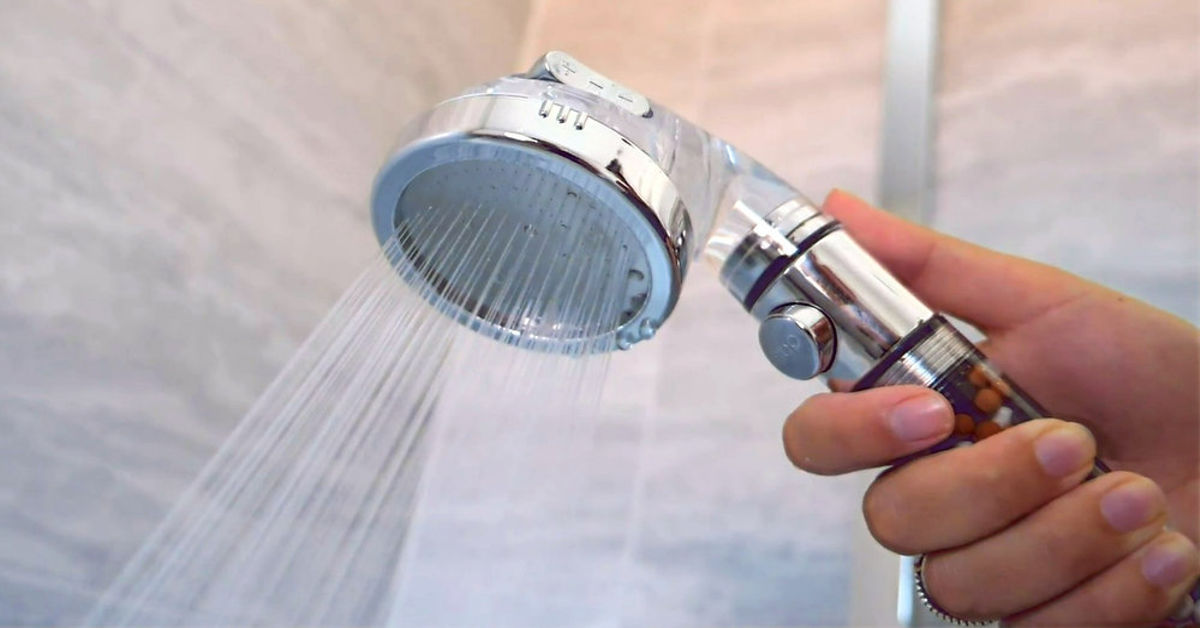Showerheads are essential fixtures in our bathrooms providing us with the refreshing water we need to start our day or unwind after a long one. However, just like any other household item, showerheads can experience wear and tear over time. One common feature of many modern showerheads is the button, often used to control water flow or spray settings. But how long does a shower head button last, and what factors influence its lifespan? In this article, we will explore the longevity of shower head buttons, maintenance tips to prolong their life, and signs indicating it may be time for a replacement.
The Lifespan of a Shower Head Button
The lifespan of a shower head button can vary significantly based on several factors, including the quality of the showerhead, the frequency of use, and the water conditions in your area. While it’s challenging to pinpoint an exact timeframe, here’s a breakdown of what to expect:
Quality of the Showerhead
High-quality showerheads, such as those made by reputable brands like Delta, Moen, or Kohler, are designed to last for many years. In some cases, these showerheads can last indefinitely if properly maintained. Conversely, cheaper models may experience button failure or degradation more quickly, potentially within a few years of regular use.
Frequency of Use
The more often a showerhead is used, the more wear and tear the button will experience. In households with multiple members or where showers are taken frequently, buttons may wear out faster compared to those in less frequently used bathrooms.
Water Quality
Hard water can significantly impact the lifespan of a showerhead button. Hard water contains high levels of minerals, such as calcium and magnesium, which can lead to mineral deposits forming in the showerhead over time. These deposits can clog the button mechanism, causing it to become less responsive or even fail altogether.
Environmental Factors
The environment in which a showerhead is used also plays a role in its lifespan. For example, areas with high humidity may cause metal components to corrode more quickly. Additionally, exposure to cleaning chemicals can deteriorate the button’s material over time.
In general, a well-maintained, high-quality showerhead button can last anywhere from five to ten years or even longer, depending on the factors mentioned above. However, regular maintenance can significantly extend this lifespan.
Maintenance Tips to Prolong the Life of Your Shower Head Button
To ensure your shower head button lasts as long as possible, consider implementing these simple maintenance tips:
1. Regular Cleaning
Cleaning your showerhead regularly is crucial to preventing mineral buildup that can clog the button mechanism. Here’s a step-by-step guide:
- Detach the Showerhead: If possible, unscrew the showerhead from the arm.
- Soak in Vinegar: Fill a bowl or bucket with white vinegar and soak the showerhead for at least 30 minutes. The acidity in the vinegar will help dissolve mineral deposits.
- Scrub the Nozzles: After soaking, use an old toothbrush to scrub the nozzles and button area, removing any remaining buildup.
- Rinse Thoroughly: Rinse the showerhead under warm water to remove any vinegar residue and loosened debris before reattaching it.
2. Check for Clogs
If you notice that the button isn’t functioning as smoothly as it used to, it might be clogged. Regularly check the button mechanism for any signs of debris or buildup, and clean it as needed.
3. Install a Water Softener
If you live in an area with hard water, consider installing a water softener. Softening your water can significantly reduce the mineral buildup in your showerhead and improve its overall performance.
4. Avoid Harsh Chemicals
When cleaning your shower, avoid using harsh chemicals that could corrode the showerhead or damage the button. Opt for mild cleaning solutions and always rinse thoroughly.
5. Use the Button Gently
While showerhead buttons are designed for frequent use, avoid excessive force when pressing or adjusting the button. Being gentle can prevent premature wear and tear.
Signs It’s Time to Replace Your Shower Head Button
Even with the best maintenance practices, there will come a time when a shower head button may need to be replaced. Here are some signs that indicate it might be time for a new showerhead or button:
1. Inconsistent Water Flow
If you notice that the water flow is inconsistent or if the button doesn’t respond as it should, it may be a sign of internal clogs or damage. This could indicate that the button mechanism is failing.
2. Visible Damage
Inspect the button for any visible signs of damage, such as cracks, chips, or corrosion. If you notice any physical defects, it’s best to replace the showerhead to prevent further issues.
3. Water Leakage
If water is leaking from the button or around the showerhead, it may indicate that the seals have deteriorated or that there is significant wear. This is often a sign that replacement is necessary.
4. Frequent Clogs
If you find yourself cleaning the showerhead and button frequently due to recurring clogs, it might be time to consider replacing it altogether. Persistent issues can indicate a more significant problem with the showerhead design or material.
How to Choose a New Shower Head
When it’s time to replace your showerhead, consider the following factors to ensure you select a high-quality option that meets your needs:
1. Type of Showerhead
There are various types of showerheads available, including handheld, rain, and fixed models. Consider your preferences and how you use your shower when choosing the right type.
2. Water Efficiency
Look for showerheads with the WaterSense label, indicating they meet the EPA’s water efficiency criteria. These showerheads use less water without sacrificing performance, saving you money on water bills and being more environmentally friendly.
3. Material and Finish
Choose a showerhead made of durable materials, such as brass or stainless steel, which are resistant to corrosion. Additionally, select a finish that complements your bathroom decor.
4. Spray Settings
Many modern showerheads offer multiple spray settings, such as massage, mist, or rainfall. Consider your preferences for water pressure and spray patterns when making a decision.
5. Ease of Installation
Some showerheads are easier to install than others. If you plan to do it yourself, look for a model that comes with clear instructions and all necessary hardware.
Conclusion
The longevity of a shower head button is influenced by multiple factors, including the quality of the showerhead, frequency of use, water conditions, and maintenance practices. While a well-maintained showerhead can last for many years, it’s essential to regularly clean and inspect the unit for signs of wear.
By following the maintenance tips outlined in this article, you can prolong the life of your shower head button and enjoy a more satisfying shower experience. If you do encounter issues, be proactive in addressing them, and don’t hesitate to replace your showerhead when necessary. With the right care and attention, your showerhead can provide you with reliable service for years to come.







